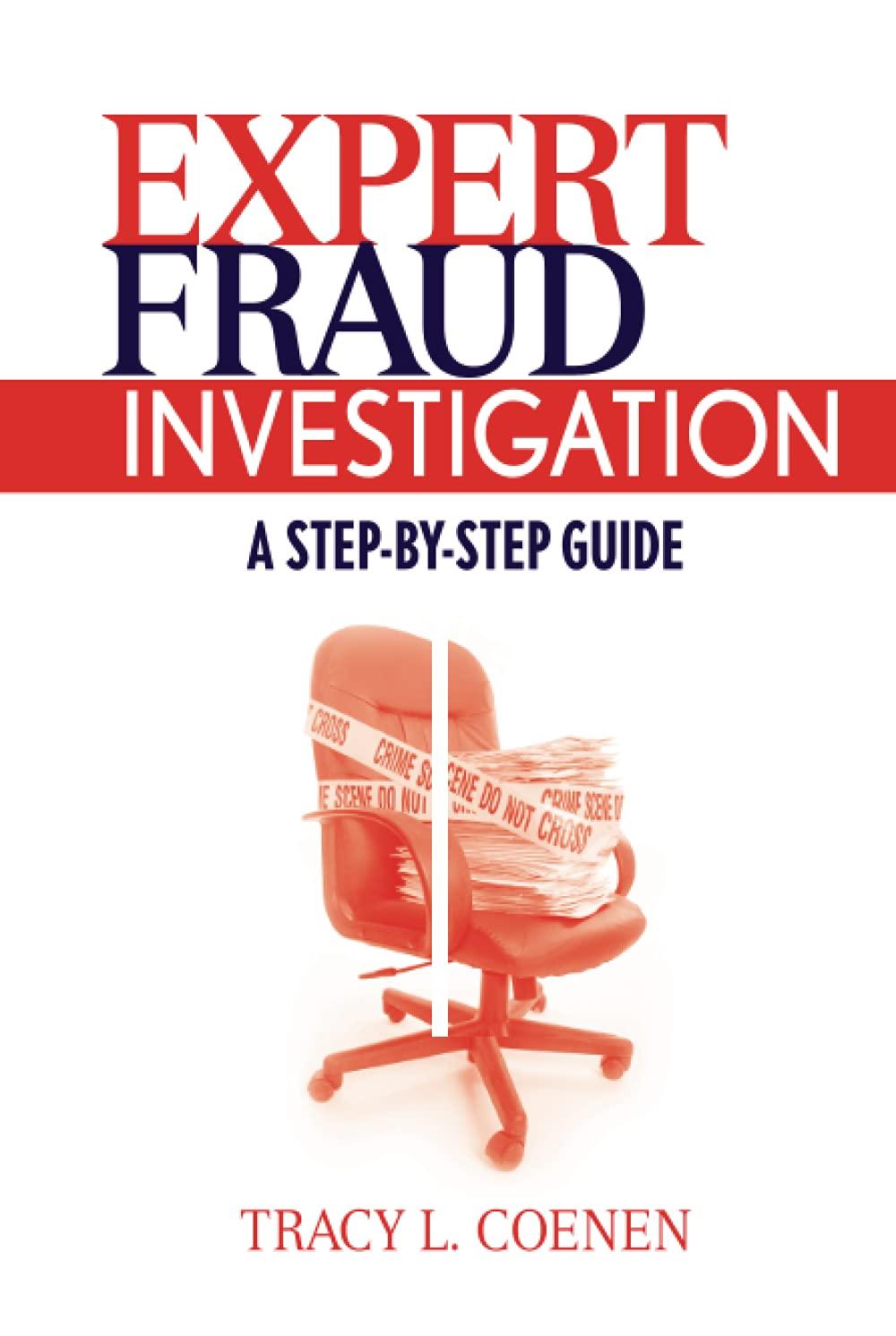Question
Lou Barlow, a divisional manager for Sage Company, has an opportunity to manufacture and sell one of two new products for a five-year period. His
Lou Barlow, a divisional manager for Sage Company, has an opportunity to manufacture and sell one of two new products for a five-year period. His annual pay raises are determined by his divisions return on investment (ROI), which has exceeded 20% each of the last three years. He has computed the cost and revenue estimates for each product as follows:
| Product A | Product B | ||||
| Initial investment: | |||||
| Cost of equipment (zero salvage value) | $ | 250,000 | $ | 460,000 | |
| Annual revenues and costs: | |||||
| Sales revenues | $ | 300,000 | $ | 400,000 | |
| Variable expenses | $ | 135,000 | $ | 190,000 | |
| Depreciation expense | $ | 50,000 | $ | 92,000 | |
| Fixed out-of-pocket operating costs | $ | 75,000 | $ | 55,000 | |
The companys discount rate is 18%.
Click here to view Exhibit 12B-1 and Exhibit 12B-2, to determine the appropriate discount factor using tables.
Required:
1. Calculate the payback period for each product in years.
2. Calculate the net present value for each product.
3. Calculate the internal rate of return for each product. %
4. Calculate the project profitability index for each product.
5. Calculate the simple rate of return for each product. %
6a. For each measure, identify whether Product A or Product B is preferred.
Net present value / Profitability index / Payback period / Internal Rate of return / Simple Rate of return
6b. Based on the simple rate of return, Lou Barlow would likely:
Accept product a?
Accept product B?
Or reject both products?
Step by Step Solution
There are 3 Steps involved in it
Step: 1

Get Instant Access to Expert-Tailored Solutions
See step-by-step solutions with expert insights and AI powered tools for academic success
Step: 2

Step: 3

Ace Your Homework with AI
Get the answers you need in no time with our AI-driven, step-by-step assistance
Get Started


